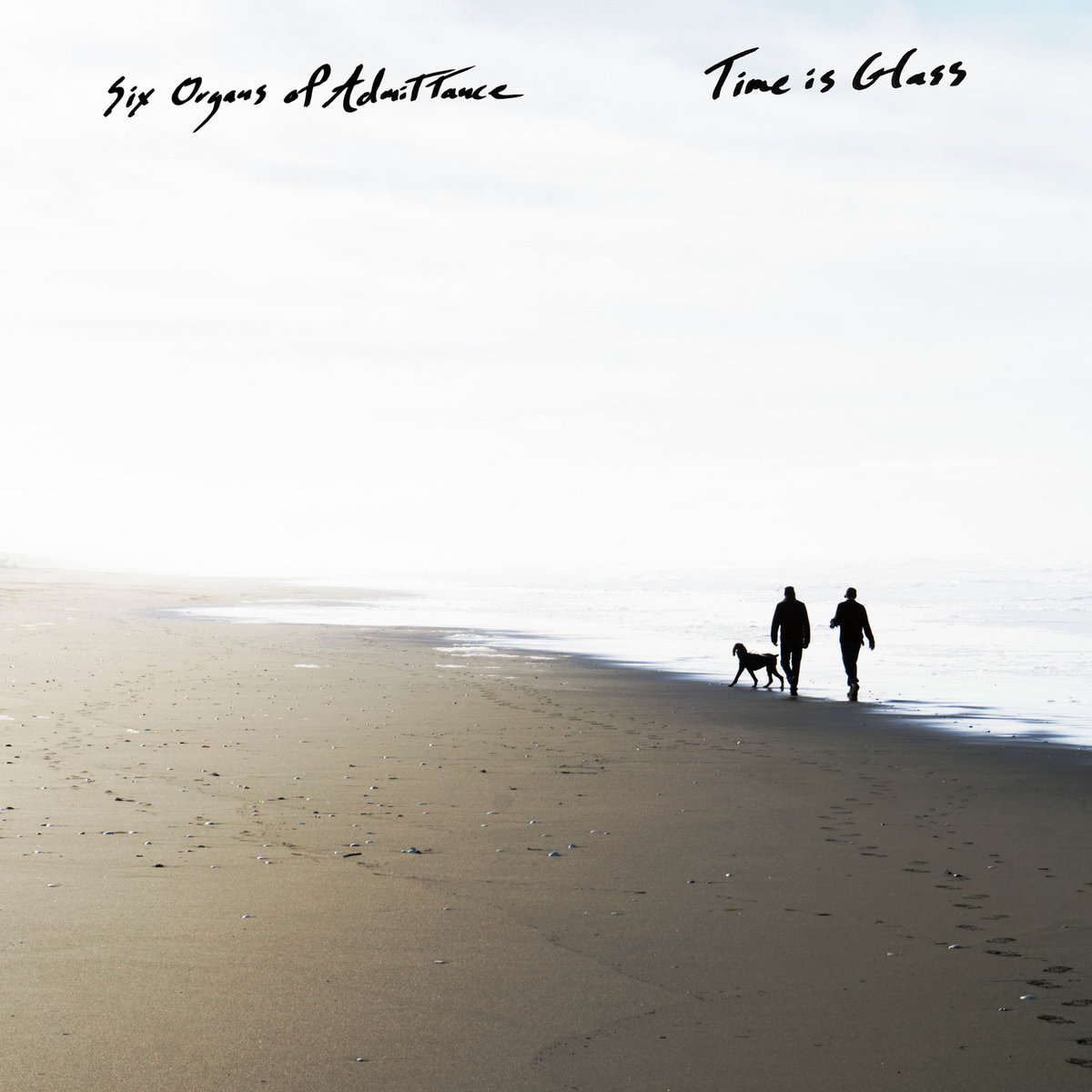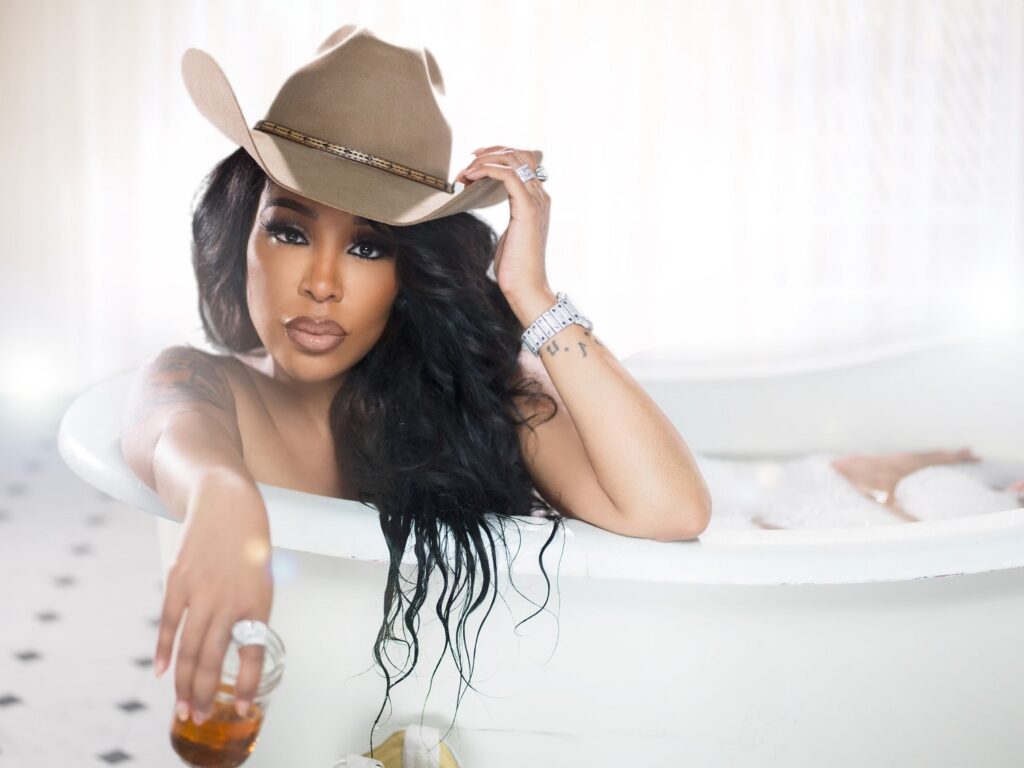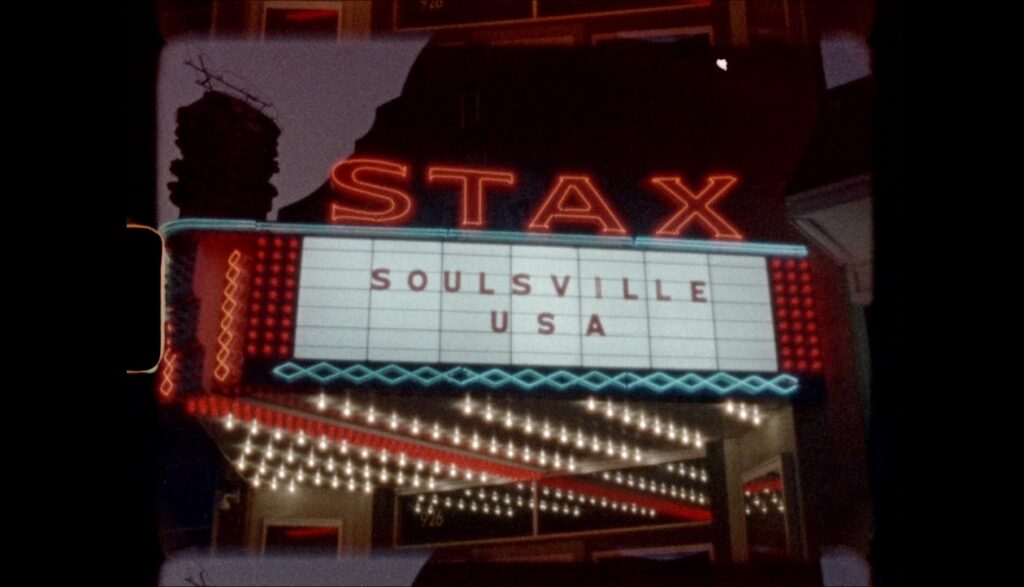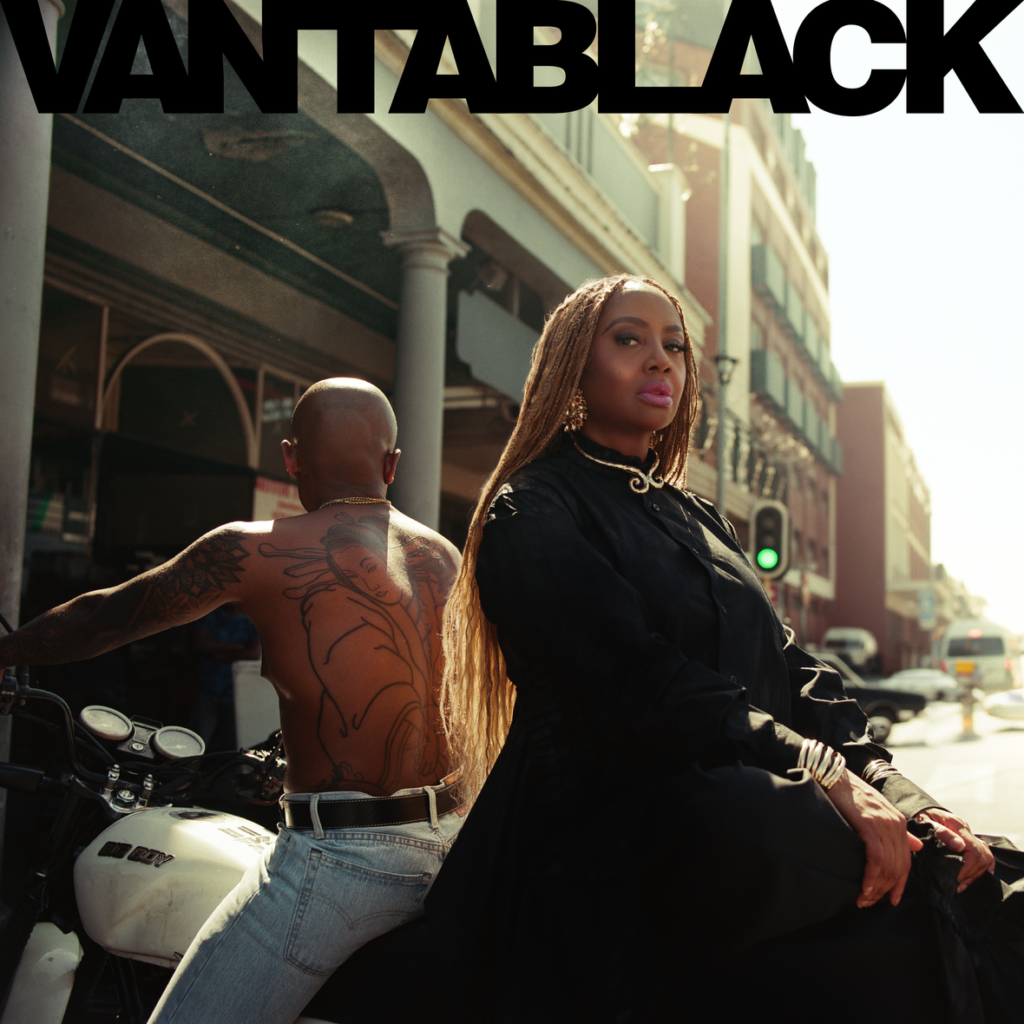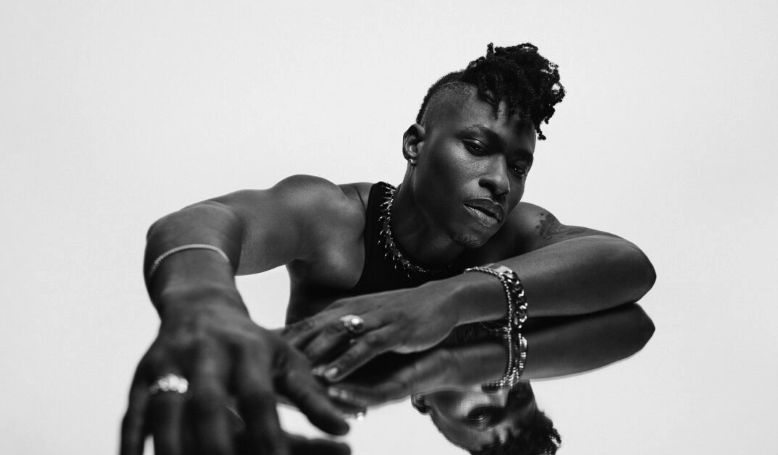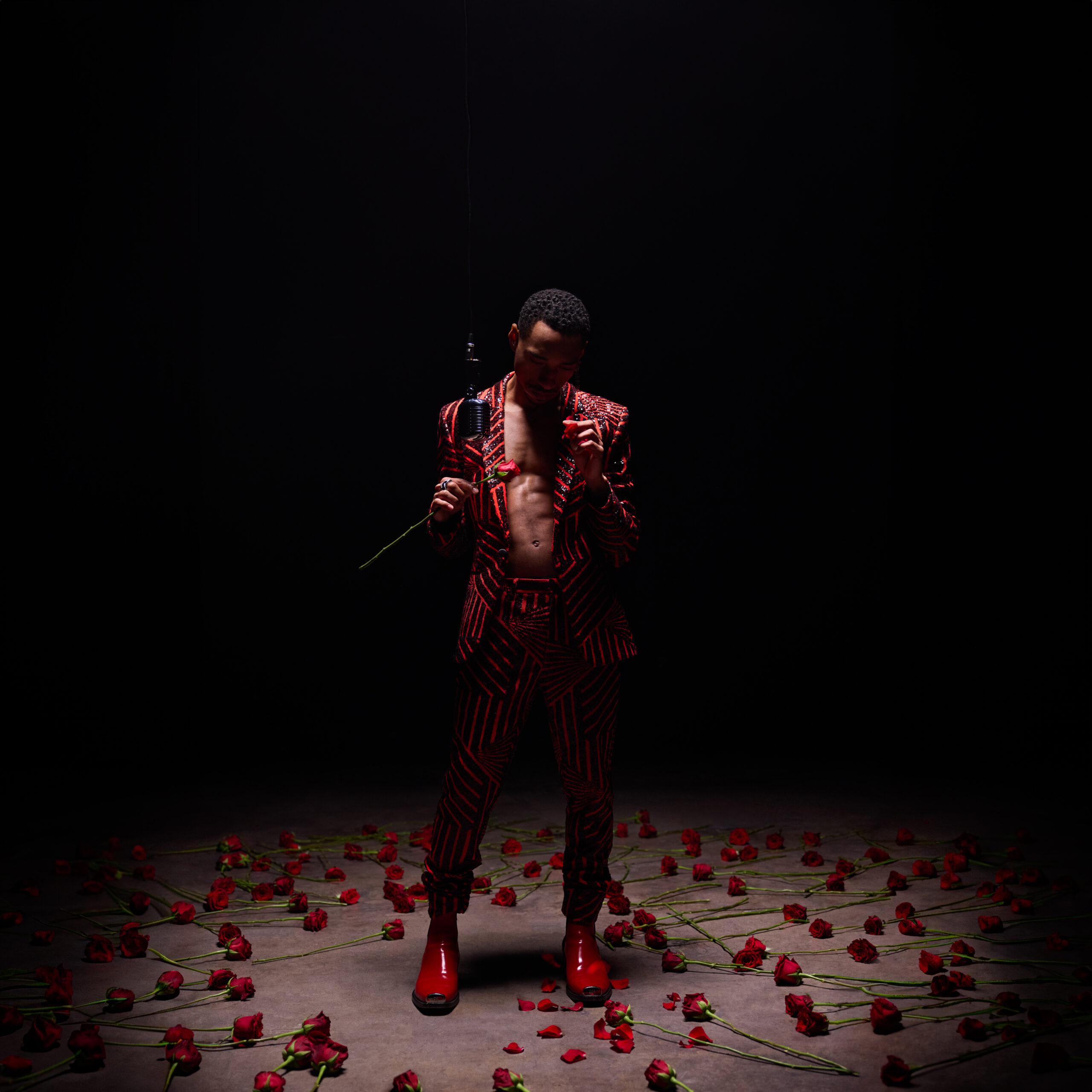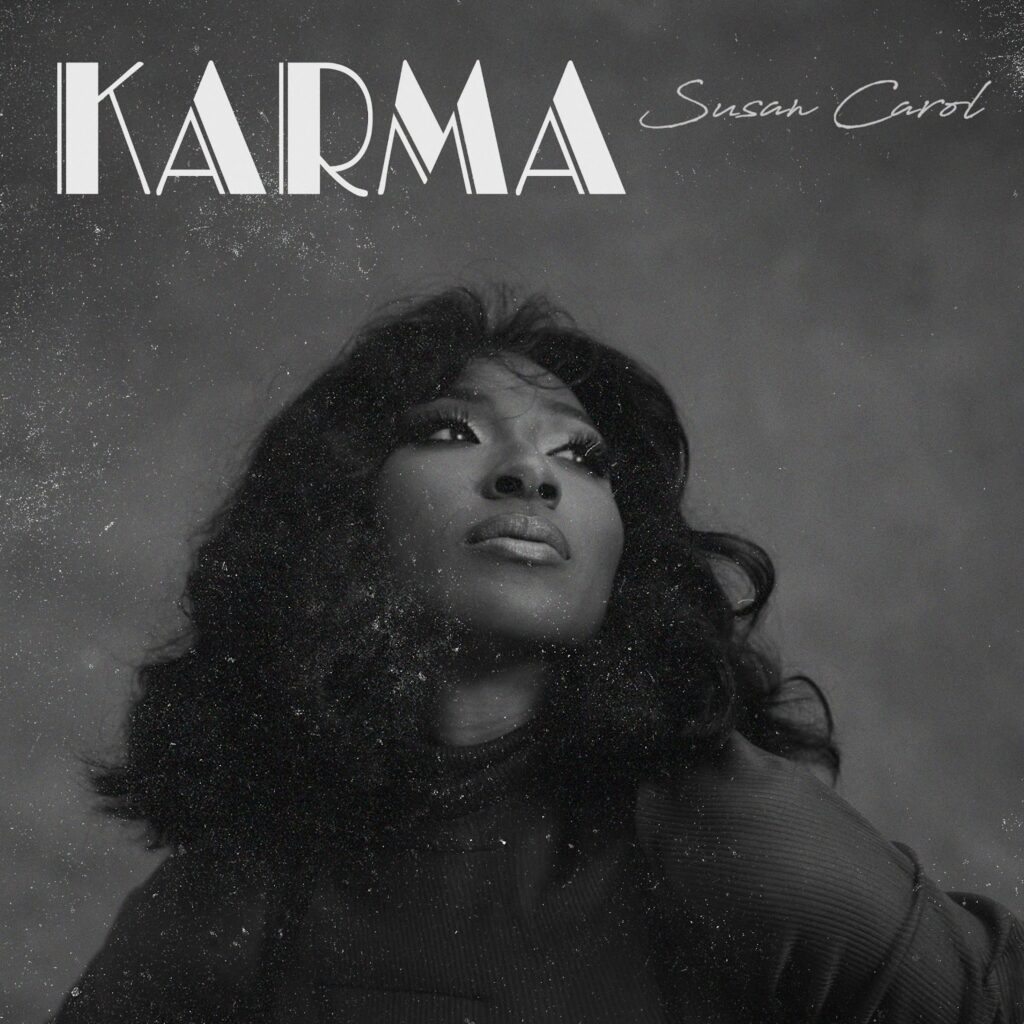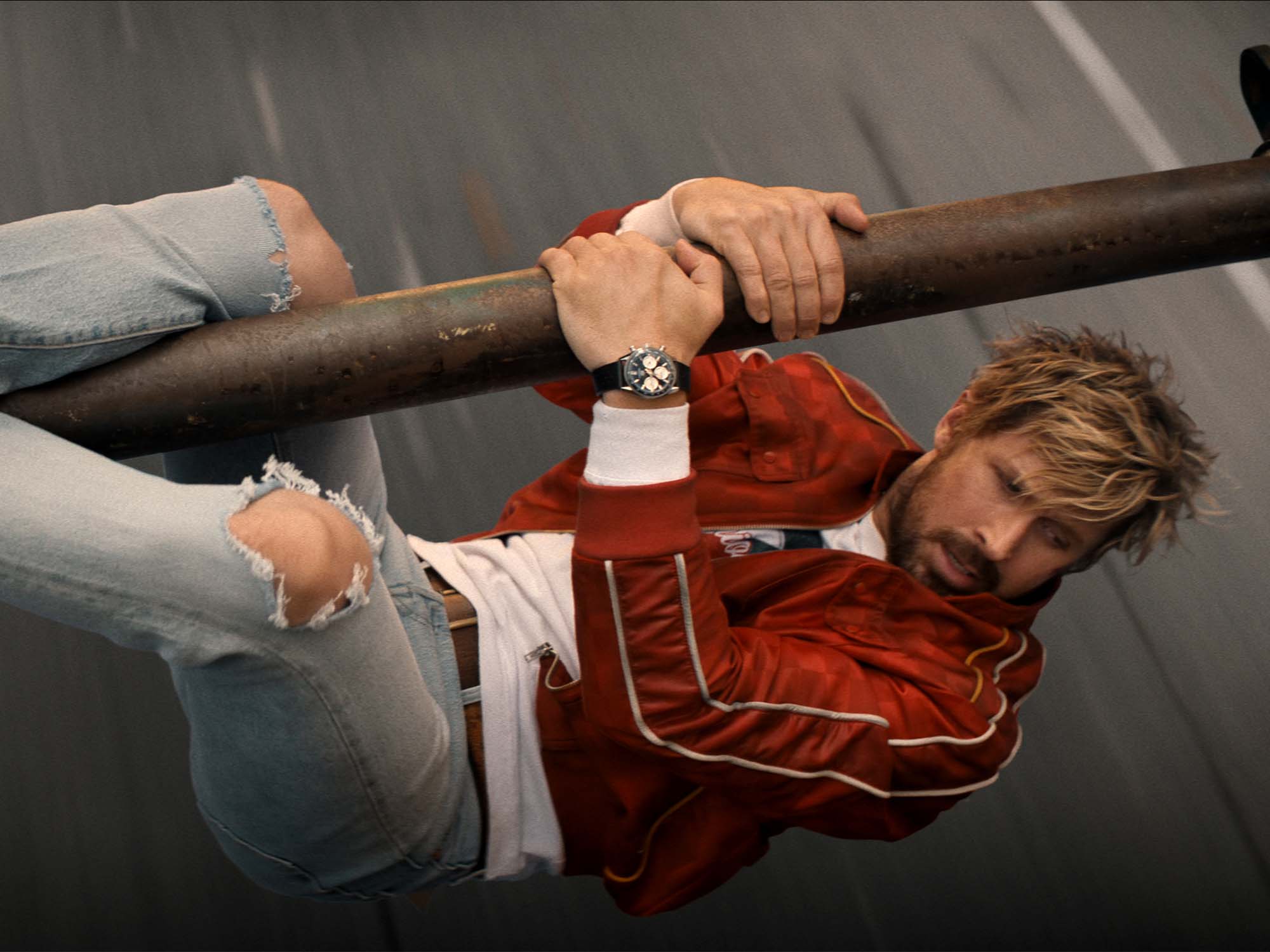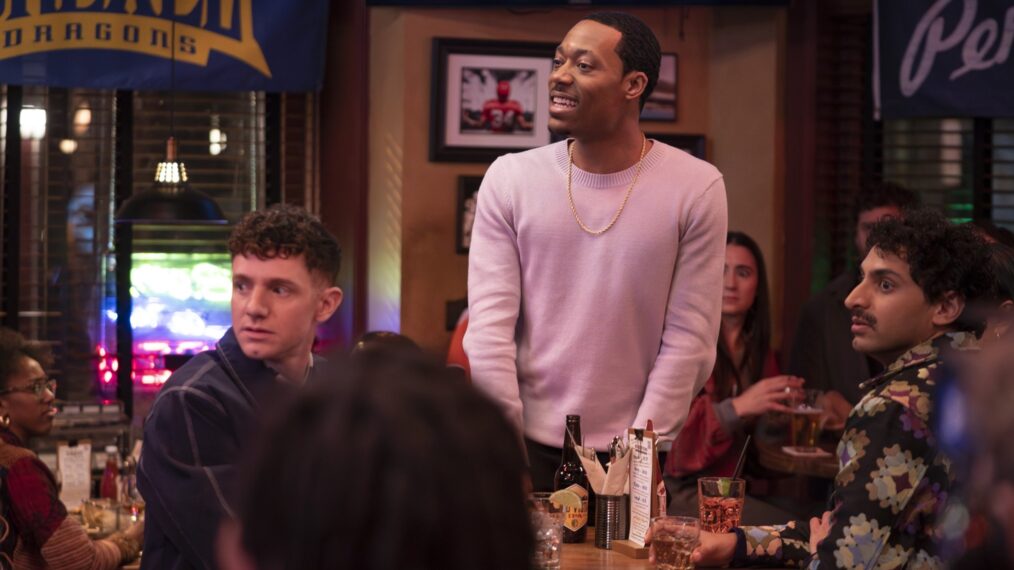Smeared lipstick, vivaciously spiked hair, large pleather boots — drag and alternative culture are not so dissimilar, the two having danced hand in hand over the decades, basking in one another’s great glory. Drag and punk share the same ethos, after all: stamping out hate, doing it yourself and pushing the boundaries of what society demands. ’80s hair-metal bands and 2000s emo singers evidently took their cues for hair and eyeliner from drag queens, too. This notion of changing your appearance to push conventional norms, especially in alternative genres where men wearing makeup and styling hair was so shocking for its time, is something the two genres have been pioneering. As alternative music and culture make their so-called “return” to the mainstream, we look toward what has been brewing in the boiling pot of alternative drag.
Drac and Swan are two of the pivotal pioneers for alternative drag. Their hit TV show The Boulet Brothers’ Dragula has helped reinvent the idea of what drag can or should be to those mainstream audiences being newly introduced to queer culture via reality TV. Coming up in the Los Angeles drag scene and drawing inspiration from fictional worlds and fantasy characters, Drac says the pair opened a portal to a whole new world of drag. “We didn’t ask or require anyone’s permission to do it,” they say. “We had been prime forces in the nightlife scene there for years, so when we turned our focus to drag, I think it excited people and maybe even reinvigorated some. The drag scene had become a little boring at the time, and people wanted something new.”
Read more: 10 drag musicians breaking down the boundaries of alternative music
Unconventional sides of drag are nothing out of the ordinary. Swan mentions the Cockettes in San Francisco in the 1970s and Divine’s time in NYC’s East Village in the ’90s as moments where drag artists were very punk. As they explain, “there are a lot of periods where drag and punk are synonymous.” But looking back at their TV debut in 2016, the mainstream had only been introduced to a more commercialized side of drag with RuPaul’s Drag Race in 2009.
Moving from polished wigs and glitzy runways to blood-drenched couture and life-or-death challenges where you’re buried alive, The Boulet Brothers took this window of drag that the mainstream was able to view and turned it into a gaping hole for all the drag monsters, kings, queens and club kids to unapologetically barge through. “I think about [New York-based drag festival] Wigstock back in the day,” Swan says. “This moment where there had been a bunch of pageant girls going on, and then suddenly, Dina Martina is introduced. You could see on the more mainstream queens’ faces that they were gagged by her — they were like, ‘What the fuck is this?’ And then she goes out there and owns her weird shit and kills it. That’s what I’m talking about. That’s how you do it.”
Read more: Glam Goth Beauty is transforming alternative beauty standards—here’s how
From those who paved the way to those creating an entirely new landscape in the realm of social media, Drag Punk are a U.K.-based performing troupe who’ve gained online fame and celebration for their brash, unapologetic style of drag. “I love alternative drag so much because it literally saved my life,” one of Drag Punk’s members says, the self-professed “goth brat diva” Amber Cadaverous. “I didn’t know how badly I needed [it] when I started out as a 17-year-old closeted chunky goth lesbian. I owe so much of my personal growth and successes to the art form.”
She is joined by her Drag Punk crewmate LILITH, best known for death-dropping to deathcore and exclusively living in 2010 as “emo to the extremo,” in their words. “LILITH comes from the emo kid in me wanting to be a rock star,” they say. “Think anything and everything from MCR to Suicide Silence… I don’t ever feel pressured to fit into a box because that box of digestible mainstream drag is on the other side of the room, and I’m in the corner lip-syncing ‘Pray For Plagues’ and ‘People = Shit.’”
Read more: How TikTok allows artists to take direct control of their own narratives
Another artist rising through the ranks, with their social media fame helping to platform their extraordinary talents, is Venus Envy, who’s garnered an audience of 465,000 followers on TikTok alone via hilarious and relatable videos. “I used to go out of my way to look more glamorous and old-school in drag,” Envy explains. “As an AFAB performer, I felt that I had to look a certain way in order to be taken seriously as a drag queen. Now that the drag industry is becoming more diverse and more styles of drag are being represented in the media, I feel like I’m free to be myself. That’s what I love the most about alternative drag.”
Envy isn’t alone in her alternative takeover of online and IRL drag spaces. Cadaver Carver and Onyx Ondyx are two artists on the ground floor, climbing their way through their own scenes, respectively, with their alternative styles of drag. Originally from Hanoi, Vietnam but now based in Chicago, Carver — whose drag is inspired by a mix of horror genres, science fiction, surrealism and a hint of Asian culture — says drag allows them to express their artistic point of view. “I find beauty in the grotesque, twisted, the unfamiliar,” they say. “Villains in mainstream media are often queer coded. It’s a part of being nonbinary and breaking the construct of gender that aligns to being punk and radical.”
Read more: Trixie Mattel says drag culture and pop music are both forms of theater
They say they’d struggle to do what might be considered “normal” drag because alternative subculture has led them to express their freedom. Ondyx emphasizes this point with their own experiences of drag. “The perk to being an alternative drag artist is that I am typically not held to the certain aesthetic standards of a more traditional performer,” they say. “This can often backfire, but it still makes it more fun! Who says I can’t eat a whole jar of mayo onstage to Celine Dion?”
When asked about this so-called “return” to the mainstream that alternative is making, despite critics arguing that it never entirely left or that it might be losing authenticity for mass approval, all artists had wisdom to offer. “Whilst at a mainstream level, I do think it’s losing its authenticity. The ‘rawring ’20s’ emo revival has influenced this really fun upcoming scene that is so much more inclusive to anyone that’s not a cis white dude than it ever was when I was younger,” LILITH explains. Cadaverous adds: “I think it is both a good and a bad thing. I think alternative subculture being more accessible and affordable through becoming more commercialized could be amazing. But I also feel like diluting the subculture so much can be damaging to the community and celebrities profiting from alternative subculture who don’t necessarily respect where it came from.”
Read more: 20 albums that paved the way for alternative as we know it
Carver says while it might be annoying, they can’t be a gatekeeper. “I cannot stop subculture from expanding. When a person is introduced to alt music through the mainstream, how deeper they dig into the history and be able to align with the ideology of subculture is more important than the fact that subculture is emerging in a superficial way.” Ondyx, too, looks toward the positives: “In my eyes, emo is back, and I love it. MCR is touring, Avril [Lavigne] dropped a bomb-ass album… the more emo music, culture and fashion, the better. I try seeing it as a positive thing since it does shine light on an underrepresented subculture. It proves an alternative lifestyle truly isn’t a phase. See, I told you, mom!”
Drac puts it bluntly: “Look, I’m going to age myself here, but I was a teenage punk before Nirvana, and the alternative explosion happened in the ’90s. There was not a lot of us back then, but I remember Nirvana and the grunge explosion happening and how that introduced a subculture that I held close to my heart to the mainstream.”
“I remember going to school and starting to see the kids who would fuck with me for having a mohawk suddenly wearing Dr. Martens and coloring their hair and listening to punk bands, and it felt like a slap in the face,” Drac says. “My other punk friends and I hated Nirvana for being at the forefront of that moment and thought they were such posers because they represented the mainstreaming of our culture, but look how wrong that belief was. They were an incredible band, and because of that movement, there was a massive influx of amazing music, fashion and film that came out of that period.”
Read more: Trixie Mattel is broadening the horizons of drag performance
Alternative drag has been alive and kicking for decades, but now it stands at the forefront of the mainstream, armed with an array of artists who are unapologetically themselves. Though glitz-and-glamor styles are valid and rightfully celebrated in the drag world, alternative drag shows that there are no “rules” or limitations. Even if that involves vomiting blood and crickets for nails.
This story appeared in issue 405, available here.









